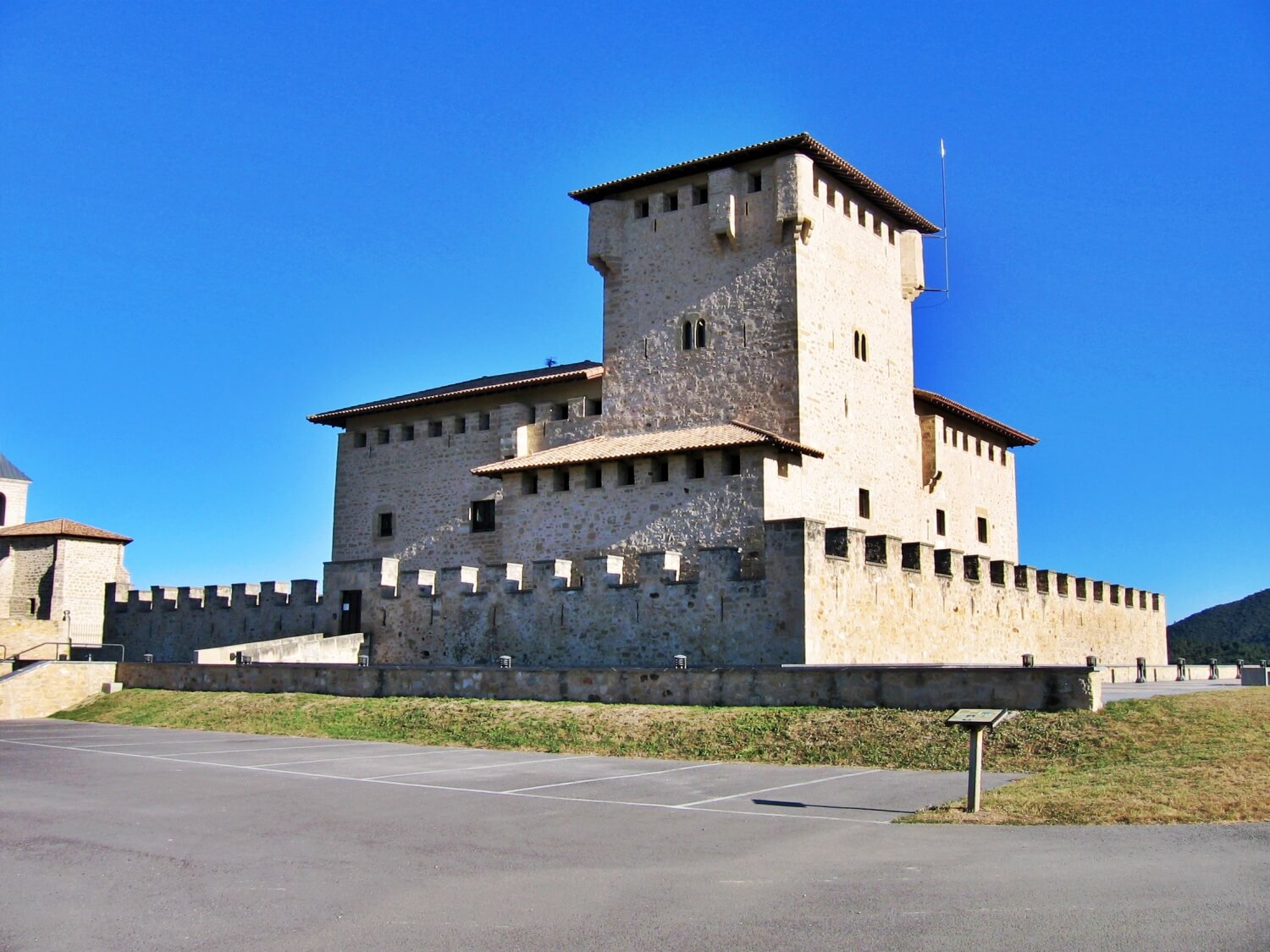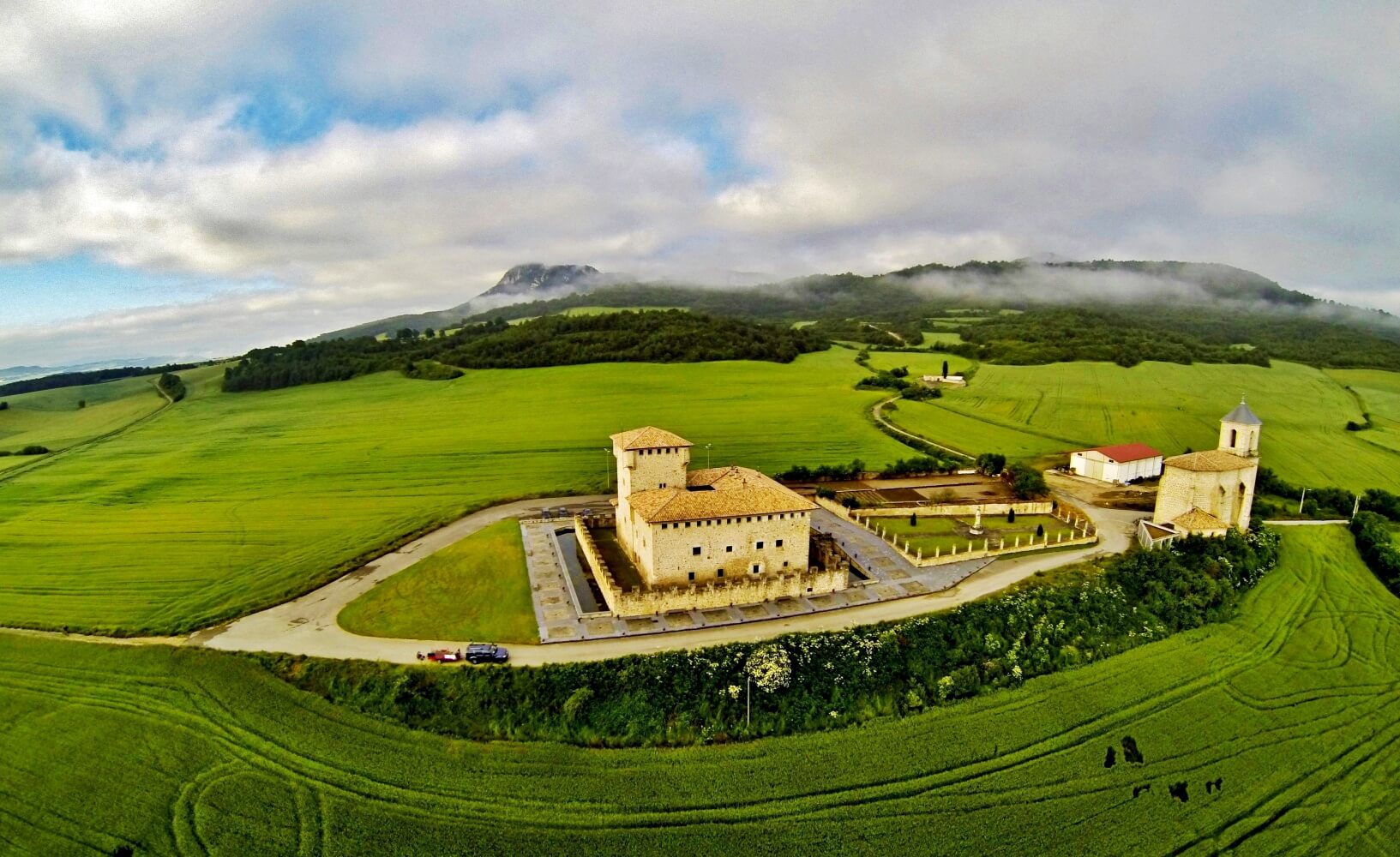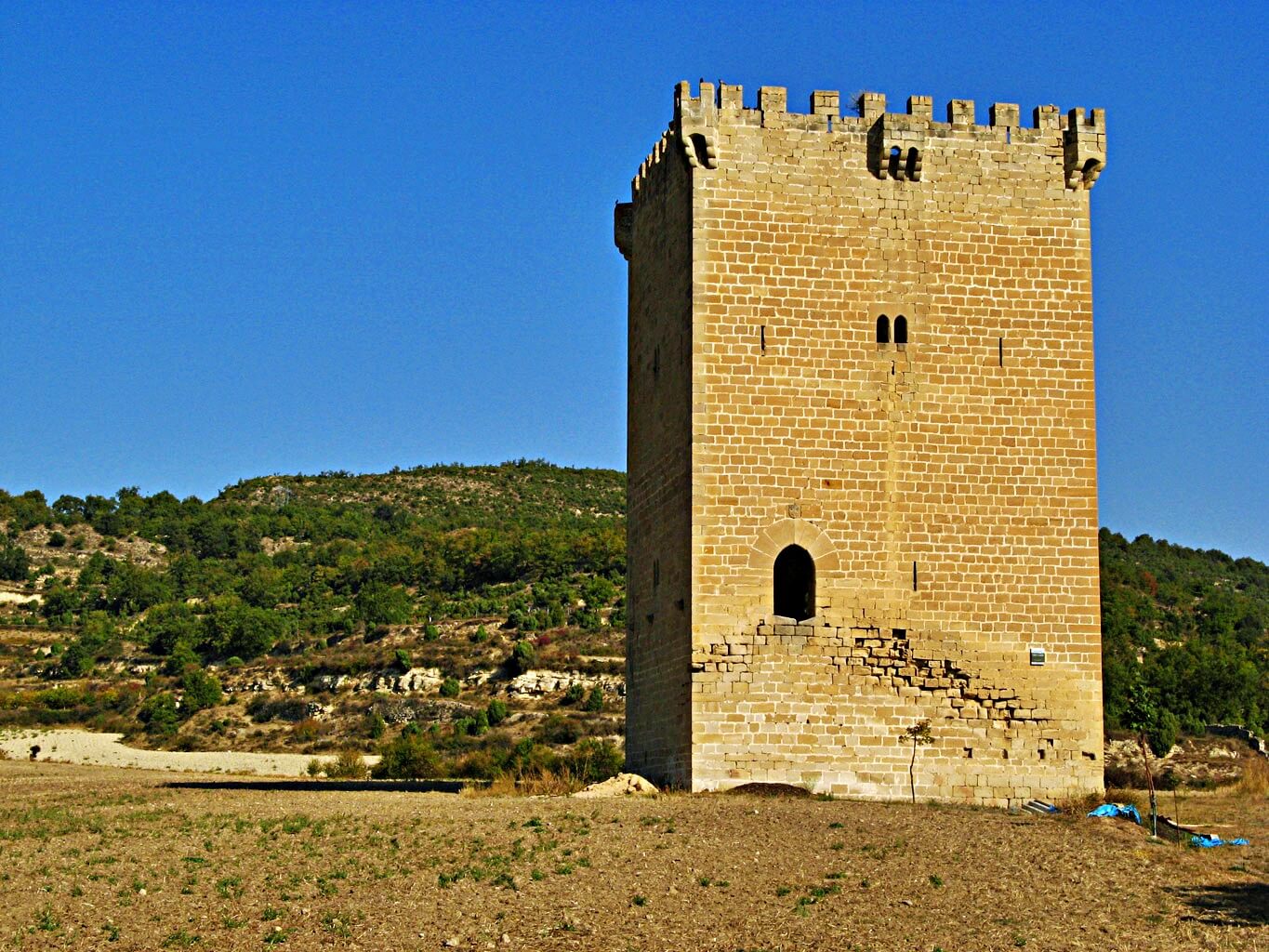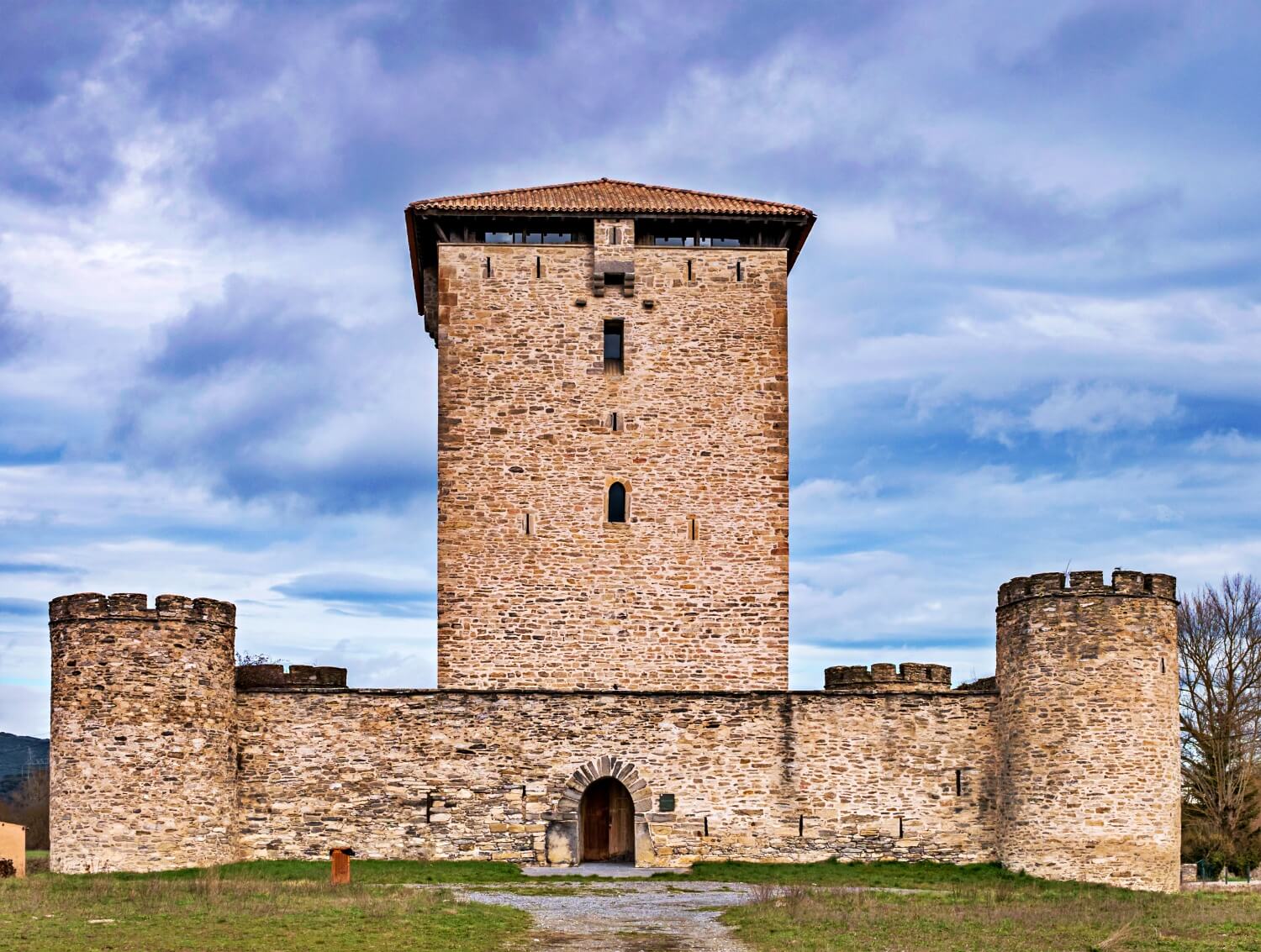Tower of Villañañe
Araba Euskadi Spain
castle, chateau
Torre de los Varona
Araba Euskadi Spain
castle, chateau
This structure, a National Historic-Artistic Monument Site, has been inhabited by direct descendants of the family since the 12th century
La Torre de los Varona se encuentra en la población de Villanañe, en la provincia española de Álava
Previous names
Tower of Villañañe, Torre de los Varona
Description
This structure, a National Historic-Artistic Monument Site, has been inhabited by direct descendants of the family since the 12th century.
The building, clearly of military nature, features three architectural periods. Initially there had been a wooden tower, but this burnt down and was replaced in the 14th century with the Castilian style tower that we know today, while the Gothic Renaissance Palace was added a century later.
The surname Varona (manly woman) was granted on the fields of Soria in the 12th century during the battle of Alfonso of Castile and Doña Urraca against Alfonso I ‘The Battler’, King of Aragón and Navarre. María Ruiz Pérez managed to take Alfonso I prisoner and Alfonso VI, King of Leon and Castile, considered that given her bravery she should be called “Varona”. Hence the surname.
The Varona family have remained in this place since the 12th century succeeding the Perez family who had held the land since the 7th century. Visiting the Palace Tower of the Varona family is to immerse yourself in the life that its rooms and halls have lived, now restored, as with the rest of the complex, thanks to the Provincial Council of Álava.
The visitor can enjoy objects from the 15th to the 20th centuries: furniture with canopied beds, cupboards filled La Cartuja de Sevilla dishes and Bohemian glassware, writing desks and bookshelves with genuine incunabula, upright pianos from London, wallpapers from Paris, Alsace and Spain, and light bulbs on which the family name is silk-screened.
Possibly because, according to some studies, the home of the Varona was one of the first places to have electric lighting installed.
It is not even necessary to cross its front door to confirm its military nature. From outside visitors can see most of the defensive elements of the medieval fortifications, both on the tower and the palace, as well as a water filled moat that protects three of its sides.
http://www.alavaturismo.eus
La Torre de los Varona se encuentra en la población de Villanañe, en la provincia española de Álava. Se trata de una fortaleza que perteneció ininterrumpidamente desde el siglo XV a la familia de Los Varona, quienes tuvieron vital importancia tanto en las guerras entre Castilla y Aragón como en las Guerras Carlistas.
La casa torre de Los Varona se encuentra bajo la protección de la declaración genérica del Decreto de 22 de abril de 1949 y la Ley 16/1985 sobre el patrimonio histórico español.
Según la historia, un almirante visigodo de nombre Ruy Pérez ordenó la construcción de la casa torre hacia el año 680 en un punto estratégico. Se dice que incluso fue un punto de partida para el inicio de la reconquista. También ha sido protagonista de historias como La Leyenda de los Varona.
Su escudo son las Barras de Aragón inclinadas, lo que indica doblegación por parte del rey de Aragón Alfonso I frente a Los Varona.
Descripción y características
Se trata de una construcción de mampostería con sillares en sus ángulos. El primer nivel defensivo está formado por la muralla y el foso (es la única fortaleza de Álava que conserva su foso, aunque está parcialmente perdido), con sus puentes y portones. En el interior, las dos plantas del palacio envuelven la torre por sus lados norte y oeste, mientras que la entrada al edificio se hace por la puerta sur (parece que en el pasado hubo un acceso levadizo). Existe otra puerta más pequeña en el lado este, que debía servir de almacén.
La torre es de planta cuadrada, aproximadamente de unos 10 metros de lado. Consta de tres pisos y una cubierta de teja de cuatro aguas, rematada con almenas.
Useful information
Parking gratuito.
Visitas guiadas gratuitas
Visitas guiadas gratuitas
turismo@cuadrilladeanana.eus
Lunes cerrado
-
External links
Nearby castles



